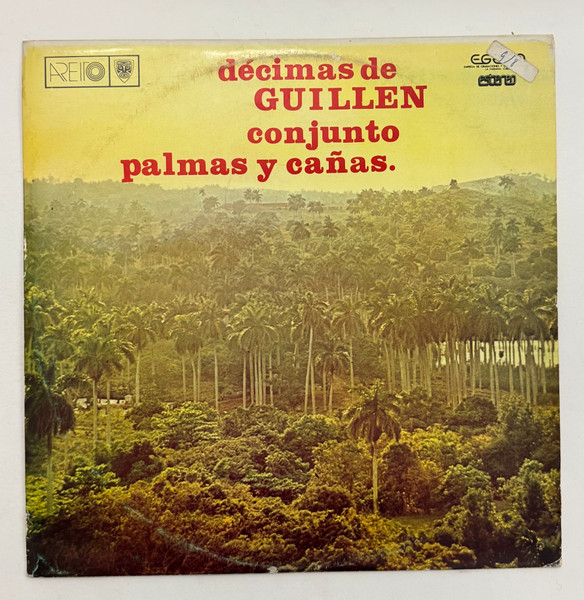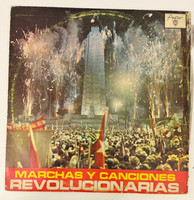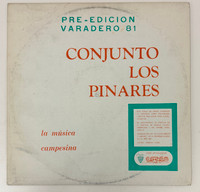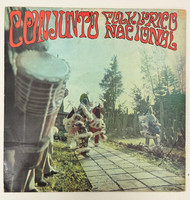- Travel
-
Exhibits
- La Portada Cubana
- Immortal Cuba: Artists Take on Their Heroes
- Seattle Poster Exhibit
- Sandra Dooley & Alejandrina Cué
- The Art of Wayacón
- Cuban Folk Art
- Cuba In Black And White
- 25 Years of Cuban Art Space
- Summer Folk Art Expo
- ¡SPRING AWAKENING FROM CUBA!
- Celebrating The Art Of Cuban Women
- Celebrating Paper, Affordable Art from Cuba
- Art of the Revolution
- Outsider Art
- Lost and Found
- En la lucha: Celebrating Cuban Women and Their Art
- Cuban Art Stash
- 100 Fires: 5 Cienfuegos Artists' Work on Paper
- Waya + Monte! Magic Realism in Cienfuegos
- Viva Cuba Viva! Poster Show
- Cultivando Sueños
- Black Lives Matter in Cuba Jan 9-March 27
- Leandro Soto: Crónicas visuales
- Cuban Canvas
-
Archive
- Global Reflection 2018: Spirit and Community
- Exhibit in the cloud: Contemporary Works on Paper
- MADE IN CUBA! MINNEAPOLIS EXHIBIT
- Cuban Posters and Photography from CCS collection
- AUTUMN SALE! Sept/Oct 2017
- SPRING ARTS AND CRAFT SALE
- Vuelo Directo/Non Stop: Alberto & Alejandro Lescay
- The Many Faces of Fidel
- Somos
- Made in Cuba!
- The US empire in Cuban graphics
- Made in Cuba/Seattle exhibit
- Entre Nos
- Looking Back
- Cuban Art Space
- Membership/Donate
- About Us
- Cuba News
-
This album represents a crucial intersection of Cuban high literary culture and traditional rural folk music, setting the revolutionary poetry of Nicolás Guillén to punto cubano—the traditional musical form of Cuban peasants (guajiros). The cover features a stunning landscape photograph by Mayito y Marucha of Cuba's emblematic countryside: lush green valleys dotted with royal palms (palma real), the national tree whose tall, slender trunks rise above dense tropical vegetation. The back cover presents an intimate portrait photograph of Guillén himself, connecting the poet's physical presence to his literary legacy and the rural landscape that inspired his work.
Nicolás Guillén (1902-1989), Cuba's national poet and president of UNEAC, pioneered the integration of Afro-Cuban rhythms and vernacular into serious poetry. His décimas—ten-line stanzas in the traditional Spanish form—addressed revolutionary themes while maintaining deep roots in Cuban oral traditions. This album brings together Guillén's sophisticated literary artistry with the authentic voices of Cuban folk musicians, creating a seamless synthesis of elite and popular culture that exemplified revolutionary cultural policy.
Conjunto Palmas y Cañas features master musicians performing in the punto cubano tradition: Adolfo Alfonso, Raúl Rondón, Martica Morejón, and Inocencio Iznaga. Tracks include "El Soldado Miguel Paz" (text by Guillén, music by Alfonso), "Cañaveral" (sugarcane field) with music by Rondón, "Décimas de la Elegía Camagüeyana" with music by Morejón, and "Glosas" with music by Iznaga. The album also features décimas for Rafael Alberti (the Spanish Republican poet in exile), Colombia, and Gracia, demonstrating Guillén's internationalist solidarity.
The liner notes by Jesús Orta Ruiz (El Indio Naborí) reference Guillén's 1952 journey on the Trans-Siberian Railway, his poetry about soldiers and sugarcane workers, and the Camagüey elegy. Recording engineer Eusebio Domínguez captured the authentic punto sound. Published by EGREM on the Areito label (LD-4032, stereo), this album documents how revolutionary Cuba elevated campesino culture while making elite poetry accessible through traditional musical forms.
-
-
Discover More at the Center for Cuban Studies







